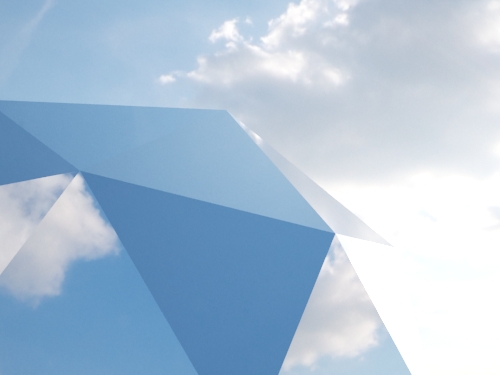This is just a quick run down of various aspects of this project. I am planning a more in depth article where I can go into more detail.
Lighting:
Like most of my recent projects, this one is lit with just one HDR sky (1735) and no vraysun/sky system. I have a short tutorial here which shows the basic steps.
I used a different lighting set-up for the interiors as I preferred how the interiors looked with direct sunlight. The warm sunlight helped to emphasize the warm tones of the living area, and the blueish skylight on the other side of the house did the opposite.
Furniture:
Most of the books come from Bertrand Benoit or model+model and supplemented by some books I found on turbosquid by 'temp64GTX'. Sadly I finished placing all the books by hand just before model+model released their latest collection of books and handy looking bookmanager script!
- Ovaro dining table designed by Ulrich Kössl for Willisau available at designconnected.com.
- Eames plastic armchair distributed by Vitra at designconnected.com.
- Pernilla lounger by Bruno Mathsson at designconnected.com.
- GE 290 sofa by Hans Wegner at designconnected.com.
- Eames plastic chair, 3d model by Bertrand Benoit.
- Eames lounge chair and ottoman at designconnected.com.
- Paimio chair by Alvar Aalto at designconnected.com.
- Various tables designed by Eero Koivisto for David Design at designconnected.com.
- Akari pendant lamp designed by Isami Noguchi for Vitra at designconnected.com.
- Arne Jacobsen lamp 3d model by model+model
- Various small props (radios) by model+model
- I couldn't find a suitable rug for the living area so I modelled it (not very well!) myself.
View the full set of images on Flickr.













